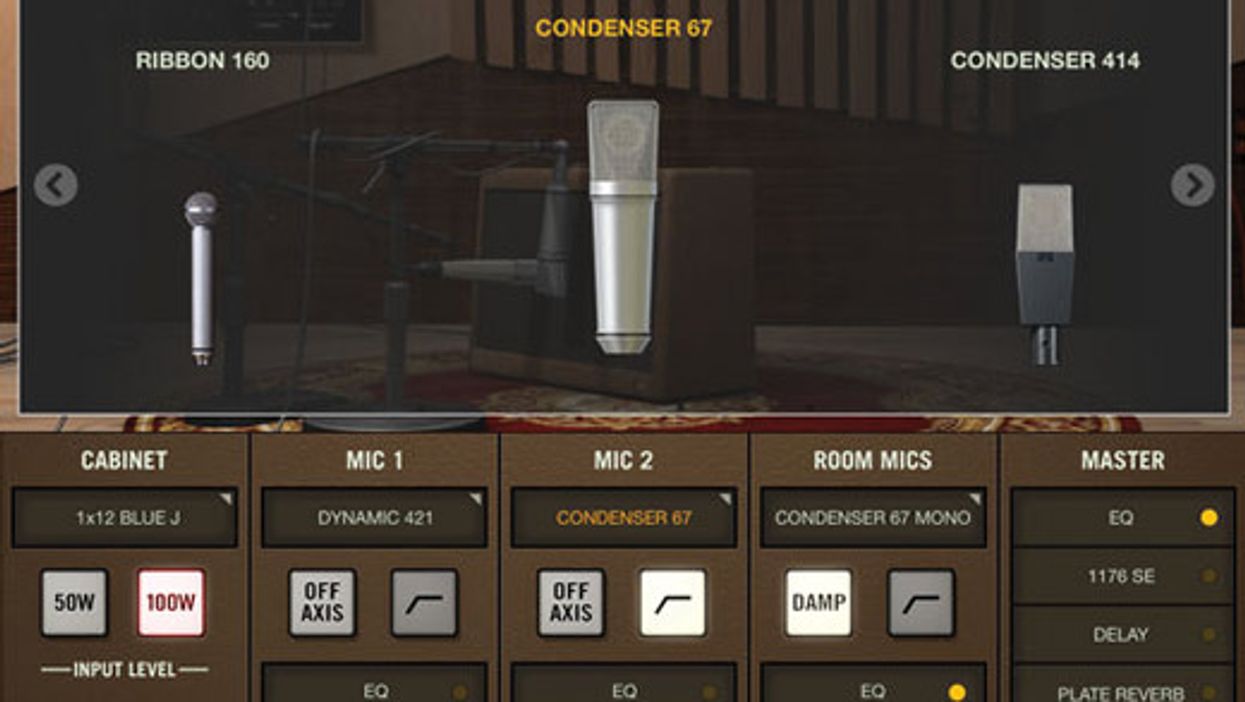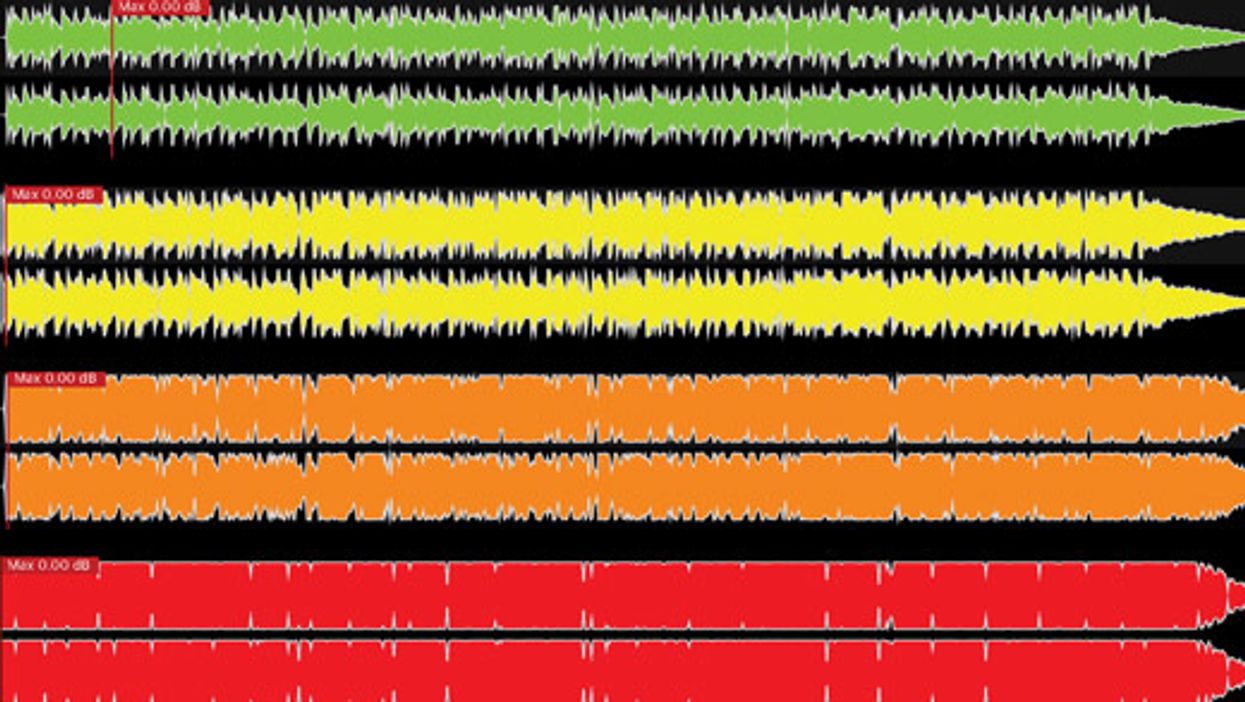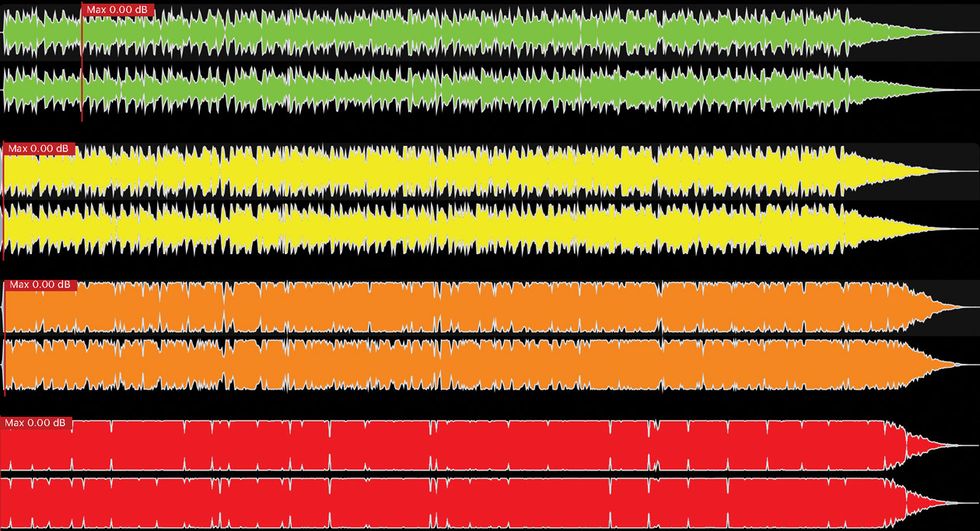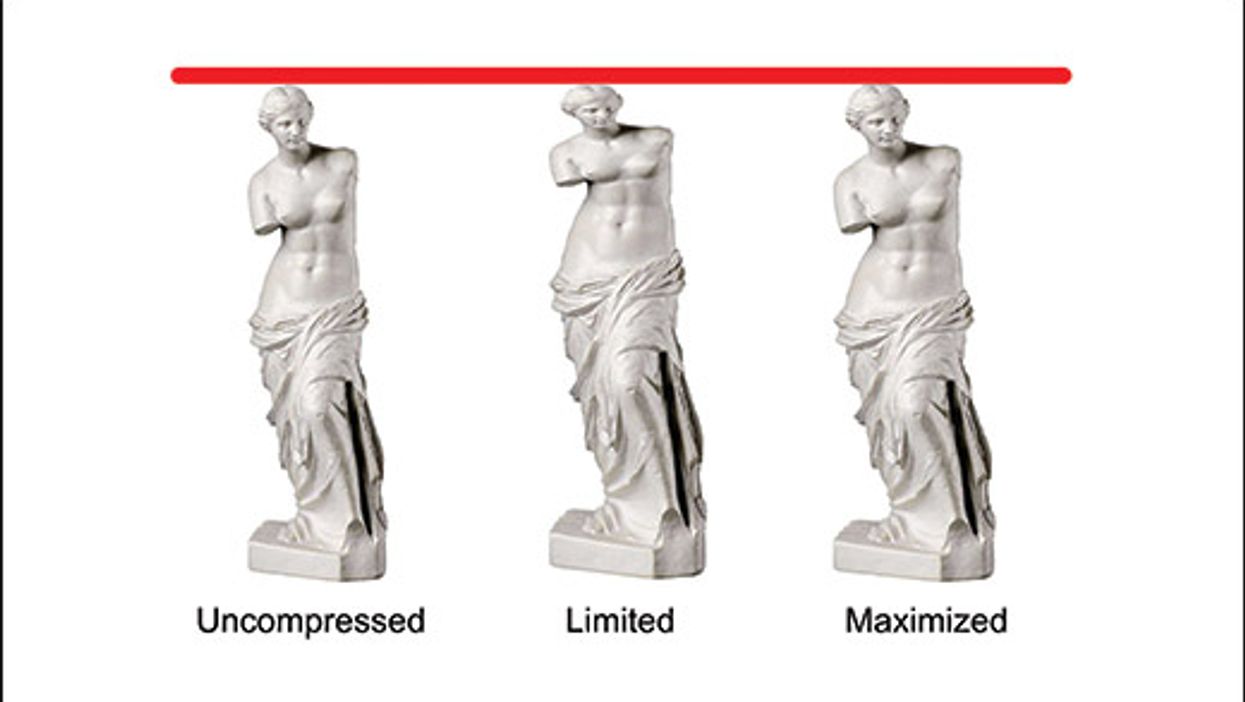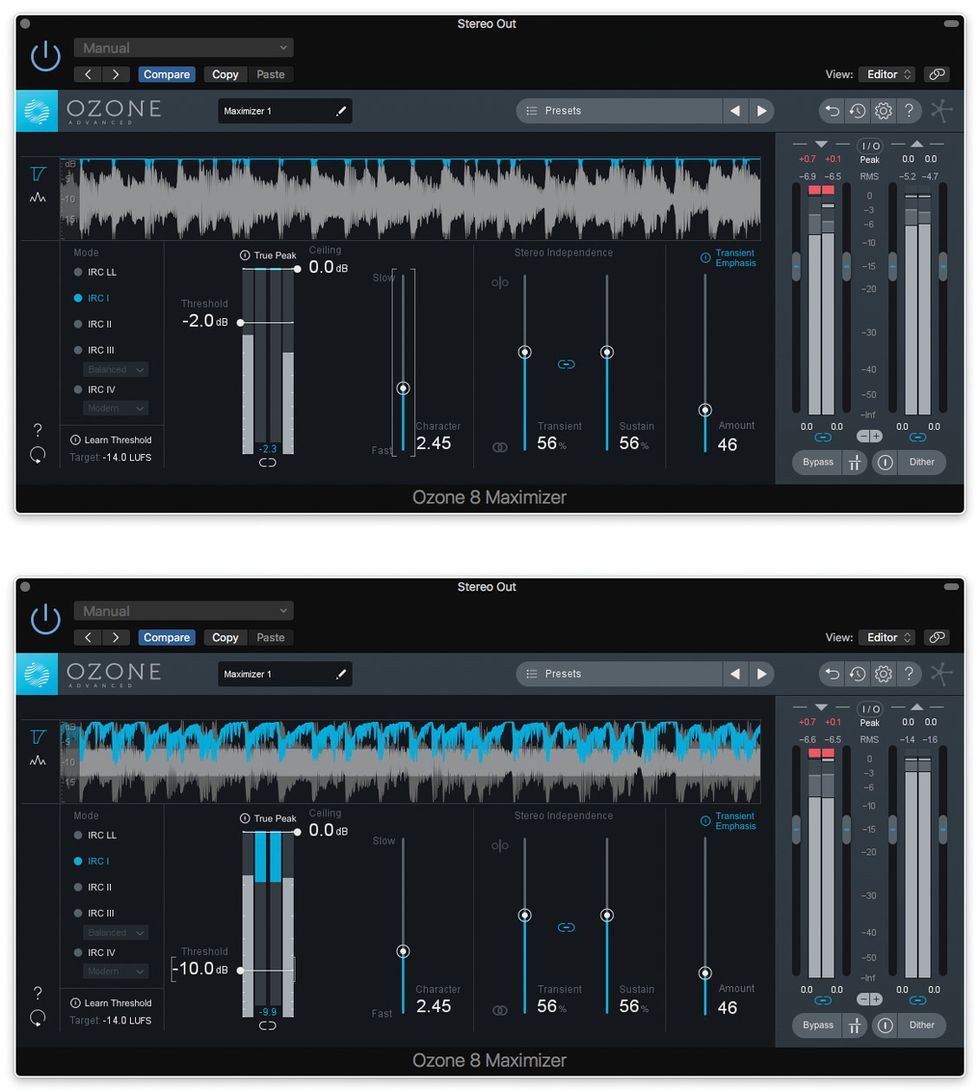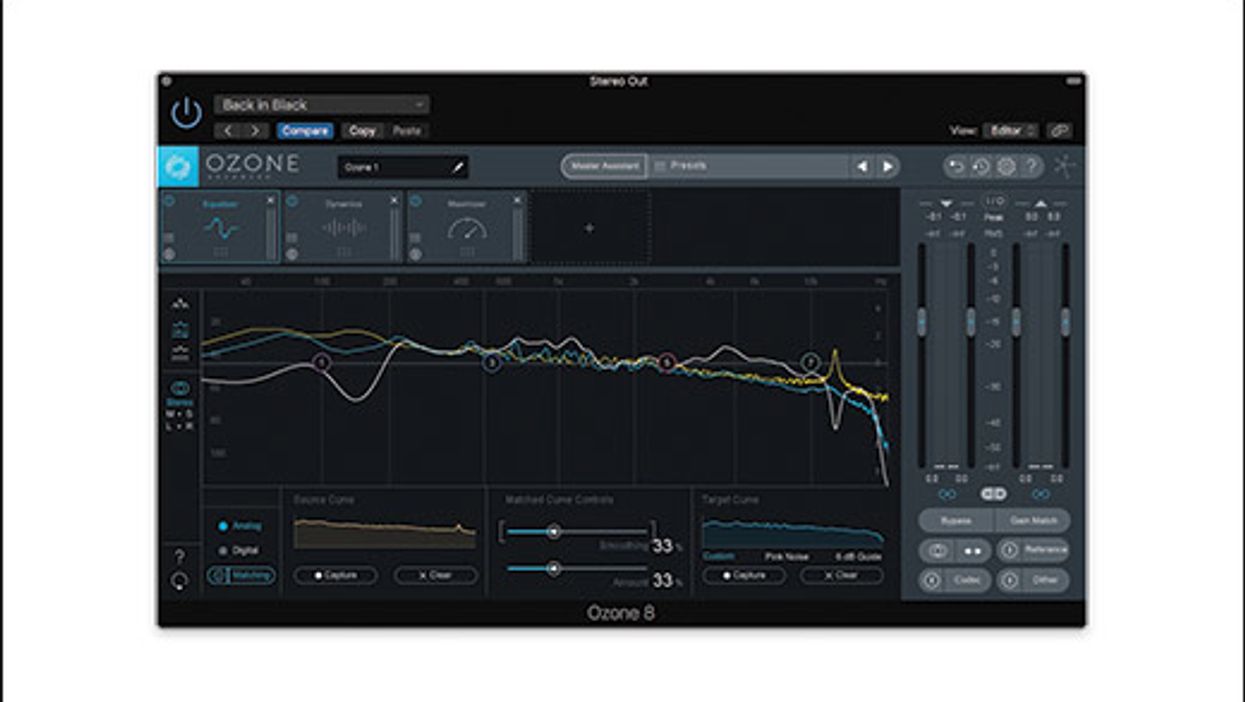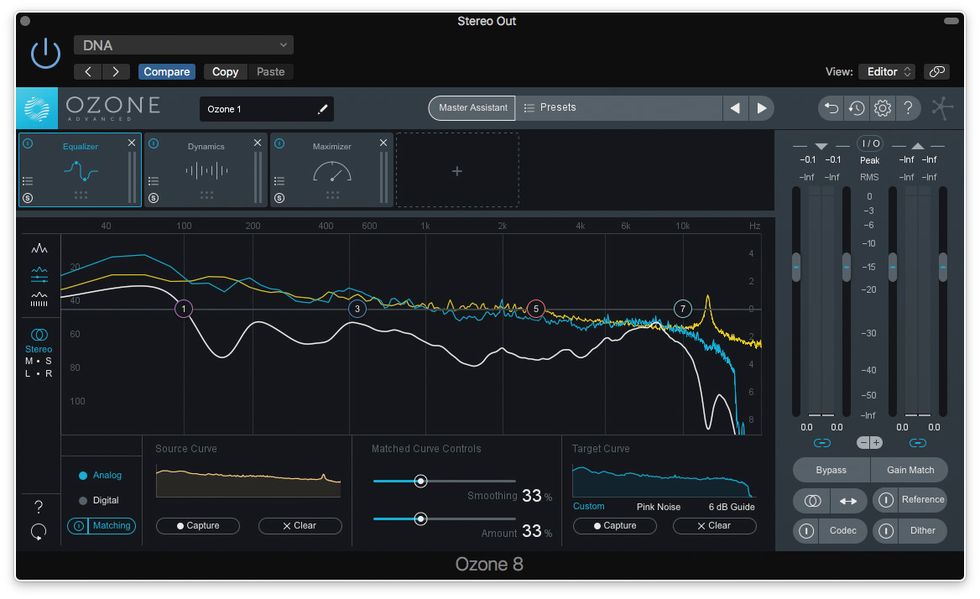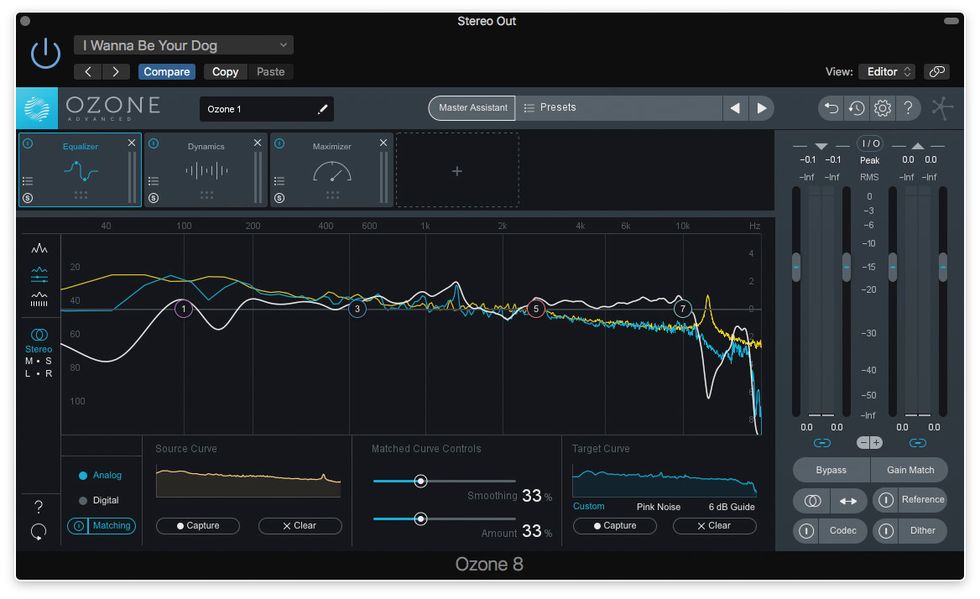Last month we looked at basic EQ techniques and terminology. Now let’s put them to use on some electric guitar parts.
Using a drum performance swiped from Dawn Richardson (Clip 1), I threw together a two-guitar arrangement played on a ’60s Strat and an ’80s Les Paul, both through a Marshall 18-watt miked with a Royer R-121 ribbon mic (Clip 2).
I also doubled the parts. I had no idea whether I’d use doubles, but I like slapping a few down while I have the part in my head and the feel in my fingers.
Studio fatigue syndrome. When your ears get tired, you literally stop hearing correctly, especially in the highs. It’s easy to jack up the treble in search of excitement, or dull things down too much because the highs have become tiresome. That’s why tracking and mixing in separate sessions is nice if you have the luxury.
Listening back the next day, the guitars sounded dark and woolly. No surprise: Adding treble “slice” and removing/clarifying low mids are probably the two most common electric guitar EQ chores. Focusing on the Strat part, I added a hefty +6 dB treble boost with a shelving filter at 2.5 kHz (Photo 1). I set the Q (bandwidth) wide for general brightening (Clip 3).
Photo 2
Low-end theory. I wasn’t sure yet whether the track would have bass, so I wanted powerful lows. But simply boosting the bass like I did the highs (Photo 2) worsens the low-mid clutter. The Strat part in Clip 4 sounds fat but unfocused.
Photo 3
I switched from a shelving filter to a low-pass filter, cutting below 75 Hz (Photo 3), roughly the frequency of my lowest note, the 6th string dropped to D. (To learn which musical notes correspond to which number in Hz, Google “pitch to frequency conversion”—or just use the “A = 440 cheat”: The A at your 1st string’s 5th fret is 440 Hz. Shifting by octaves doubles or halves the frequency, so A at your 3rd string’s 2nd fret is 220 Hz, and the open 5th string is 110 Hz. My lowest bass note—the dropped-D of my 6th string—is roughly half an octave below, midway between 110 and 55, or about 80 Hz.)
Photo 4
Adjusting the bandwidth on most high- and low-pass filters alters the resonance of the cutoff frequency, with high Q settings emphasizing a narrow swath of frequencies at the cutoff. In Photo 4, I’ve raised the Q, and the gentle bass cut of Photo 3 becomes a focused bass boost with relatively little low-mid buildup.
Photo 5
Also, since the strongest overtone is the octave above the fundamental, cutting there can restore clarity after a bass boost. For example, if you’re goosing 70-80 Hz, it may help to trim around 140-160 Hz (Photo 5 and Clip 5).
Photo 6
I dialed in a similar setting for the Les Paul part, but with a slightly wider treble Q and a deeper low-mid cut (Photo 6 and Clip 6).
Don’t touch that button! Note that these clips don’t feature soloed guitars. Yeah, soloing tracks is essential when diagnosing problems, but it can be counterproductive when mixing—all that matters is how tones work in context. We probably need the solo button less often than we think we do.
Also beware of making EQ adjustments by sweeping a filter’s frequency. When we hear a shift in frequency during a long listening session, our ear is drawn to it because it sounds fresh. It’s easy to adjust and adjust, only to realize later that your track sounds better with no EQ. Instead, try to imagine the sound you want and go straight to the target frequency. It’s a learnable skill.
Photo 7
Double double. Next I revisited my doubled tracks. I liked a Fender Bass VI part that doubled the Strat’s B section melody an octave below. But while it sounds cool in isolation (Clip 7), it’s a mess in context. So I applied extreme EQ (Photo 7), amputating lows and adding a midrange peak (Clip 8).
The result is edgy and thin, but I like how it suggests some weird folk instrument with droning strings. I also added a touch of the Les Paul double, panned apart from the original, just for added dimension.
In Clip 9 I’ve added compression and delay and played with panning, all while making more EQ adjustments, because all those things change our perception of EQ. We’ll cover those techniques in future columns—but for now, let’s give our poor ears a rest!




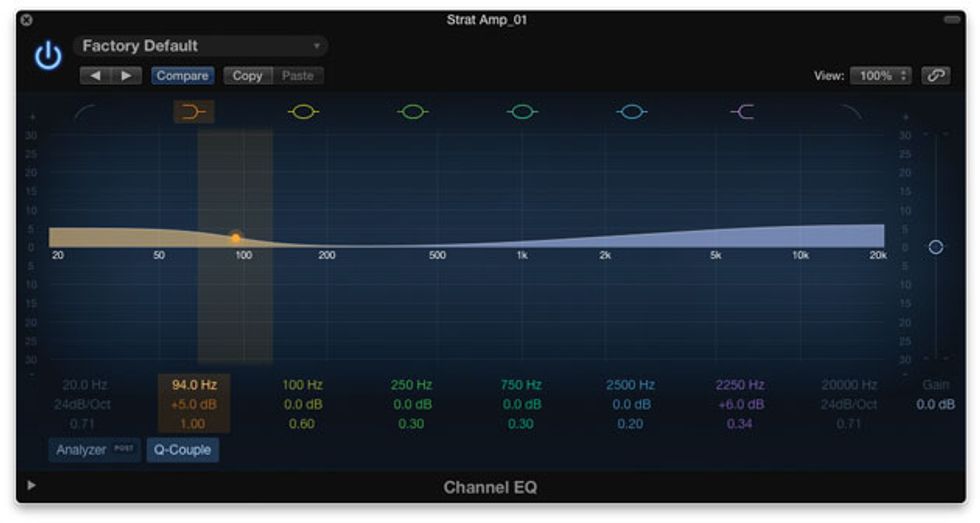
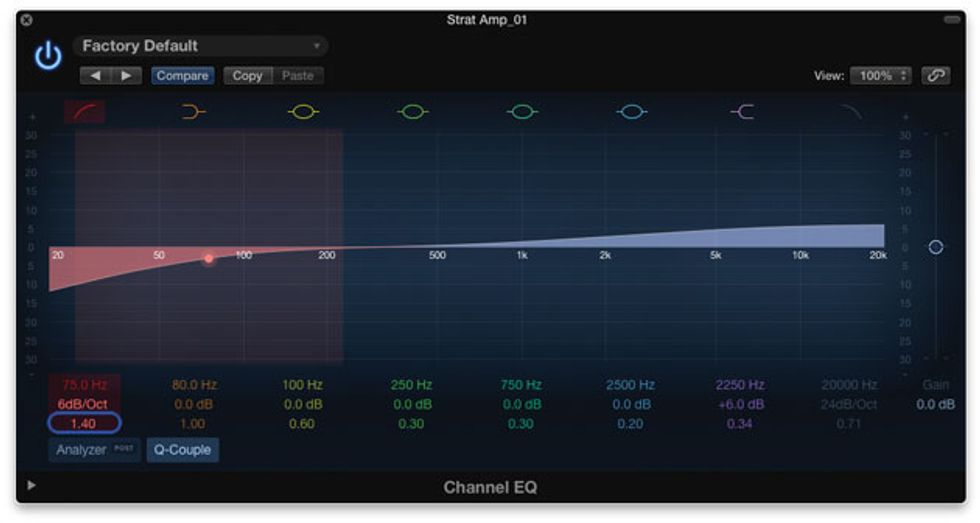
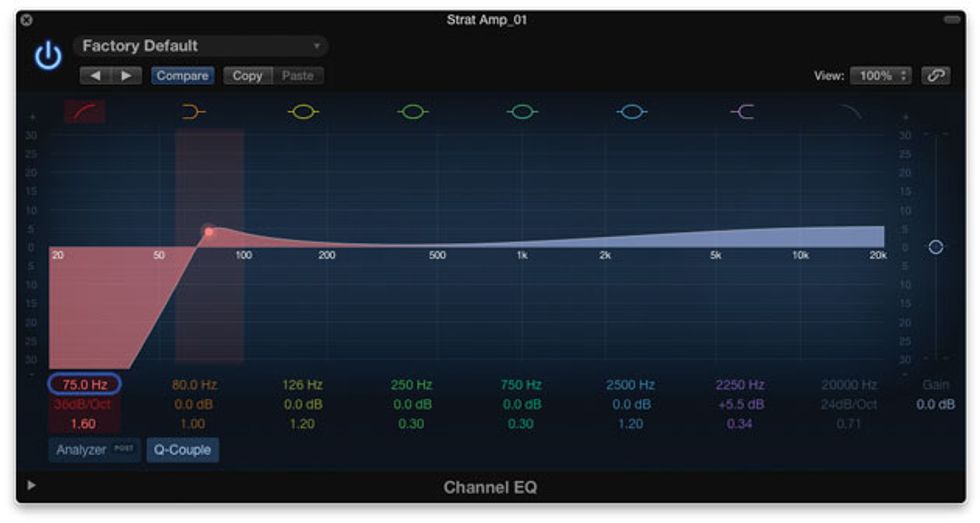
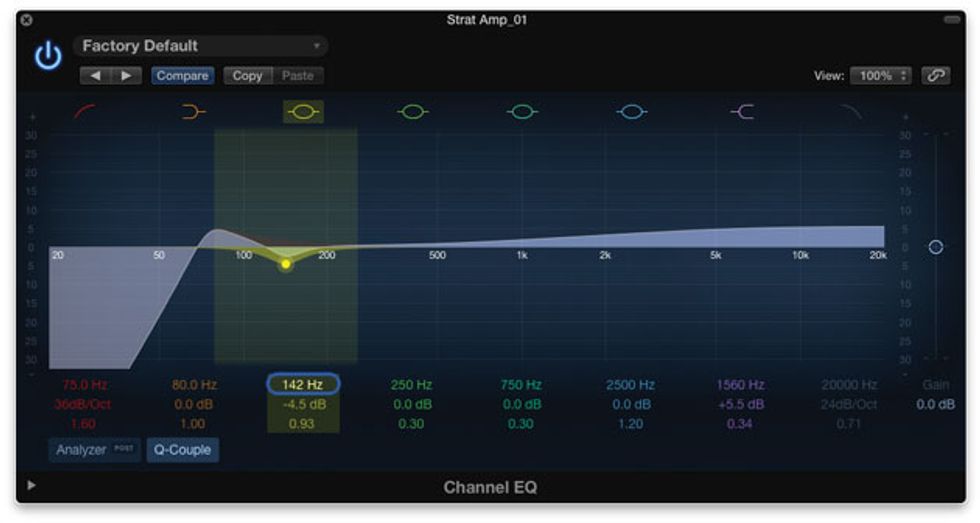
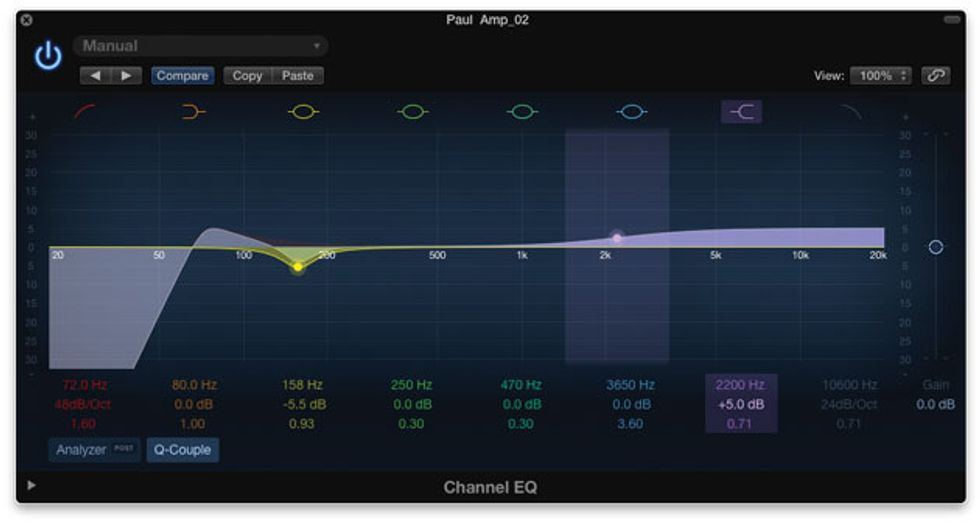
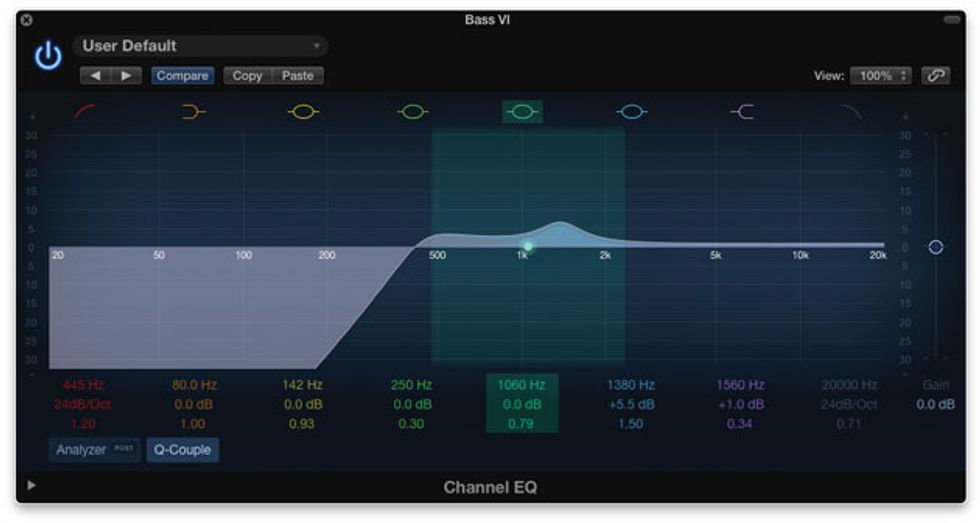




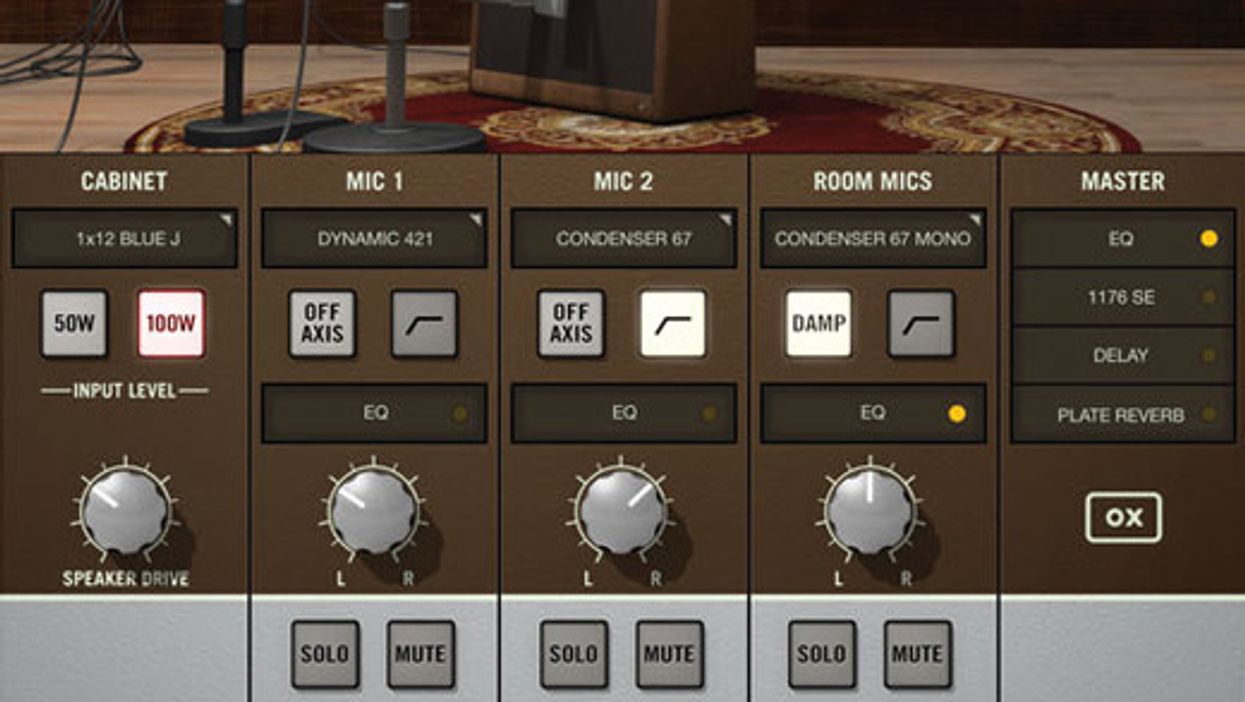


![Rig Rundown: Russian Circles’ Mike Sullivan [2025]](https://www.premierguitar.com/media-library/youtube.jpg?id=62303631&width=1245&height=700&quality=70&coordinates=0%2C0%2C0%2C0)



